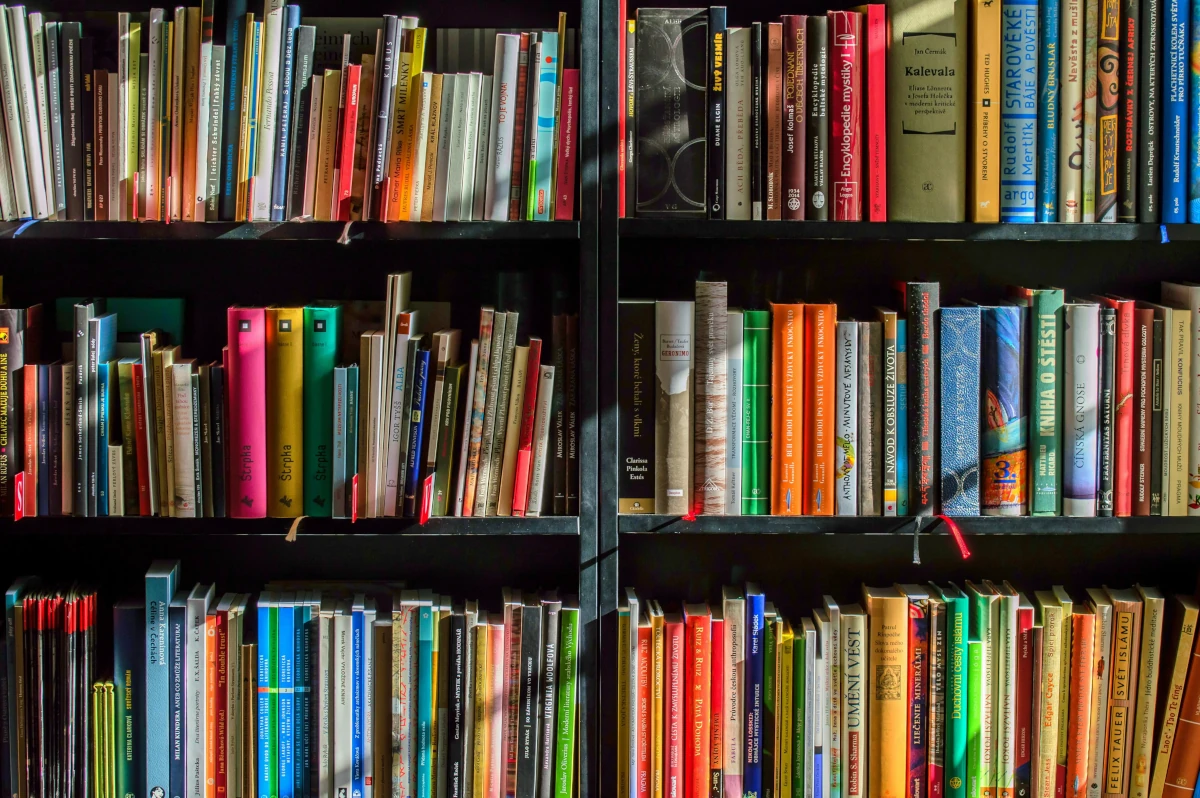Bibliotherapy is not an uncommon term in the field of mental health, but it is often reduced to a clinician recommending a helpful book to their client and hoping they read it—usually, a self-help book of some kind. This is a vast oversimplification of the dynamic process that unfolds between therapist and client when reading is woven into therapy. Simply recommending a book is just prescribed reading; this is not bibliotherapy, nor will it yield the same magic.
I propose we use more approachable terms—ones that roll off the tongue more easily. Dr. Geri Chavis, a renowned bibliotherapist and author, offers the alternative terms poetry therapy and story therapy. I like that a lot better. I’m going to focus on story therapy because I absolutely love reading books, preferably ones I can hold in my hands. Fiction, non-fiction, memoirs, short stories—you name it, and I’m here for it. My only prerequisite is that they are packed full of meaning.
Alright, let’s talk story therapy—what it is and what it’s definitely not. First, story therapy is not a book club. Don’t come at me just yet—I love a good book club. They’re usually synonymous with good company, a glass of wine, and lots of laughs. But book clubs, in a traditional sense, tend to focus on the critical analysis of characters, plot, and other literary features. That’s not the vibe with story therapy.
Story therapy is a highly interactive process between the client, the therapist (who acts as a facilitator), and a piece of literature selected specifically for its therapeutic potential. Arleen McCarty Hynes and Mary Hynes-Berry write an excellent book about this process, but I’d say—leave it to your therapist to read.
You’re probably curious about what story therapy entails as a client. Bijal Shah, a therapist and social media influencer passionate about the healing power of story therapy, describes the process in three key steps:
- A book is intentionally selected with the hope that the reader connects with the text or the characters within the story.
- The reader begins to connect with the emotions in the text or the characters’ experiences. The reader relates to these experiences and ideally resonates with something applicable to their own situation. The goal is to get curious about the reaction evoked by the material.
- The client and therapist work together to discover new insights inspired by the issues explored in the reading. Your therapist will engage you in lively conversations to help you examine the meaning you’ve made from the reading. They may also encourage writing prompts and other thought-provoking techniques. This learning is then consolidated to help you face complex issues in your life. It may provide clarity, a new perspective, a skill, or even something to aspire to. Like any therapy, we want you to walk away feeling validated, relieved, comforted, curious, and empowered.
Who might benefit from poetry or story therapy?
Bijal Shah explains that literature can significantly impact mental health goals, ranging from improving well-being to addressing more clinical issues like depression, trauma, and grief. I’m always hesitant to call grief a clinical issue, but the purpose here is to highlight the versatility of story therapy. It can be facilitated one-on-one or in groups.As for the therapist, you ideally want to collaborate with someone who embodies the qualities of a great mental health professional: empathy, respect, and genuineness (McCarty Hynes & Hynes-Berry, 1986). Additionally, you want a therapist well-versed in literature and mentored by an experienced poetry and story therapist. The International Federation of Biblio/Poetry Therapy (IFBPT) is a great resource if you want to learn more about the craft.And finally, the books. The literature used in poetry or story therapy is selected for its therapeutic value. Since literature celebrates written or spoken words, the material is typically in story or poetry format, but there’s no rule against using song lyrics, movie dialogues, or television scripts. The world is your oyster—a little metaphor for you there.To leave you with an example, let’s talk about Blue Sisters by Coco Mellors, a recent “Read with Jenna” selection with a 4-star rating on Goodreads from over 117,000 readers. This book has incredible potential for story therapy, as it:
- Explores how three people can respond to loss in entirely different ways, even when they share the same relationship with the deceased (i.e., a sister)
- Sheds light on the impact of addiction on a family system
- Gives a voice to LGBTQ+ characters
- Demonstrates how grief can both spark conflict and bring people back together
If story therapy interests you, I’d love to chat! Book a Meet and Greet with me this week, and check me out at @heartgrew3sizes on Instagram for regular book recommendations to help you feel, heal, and deal.













